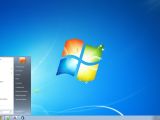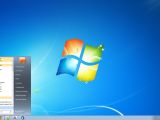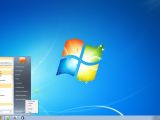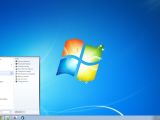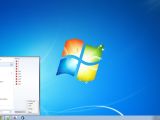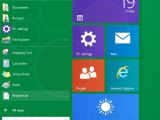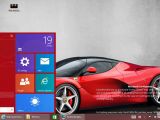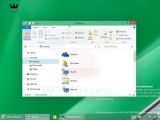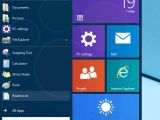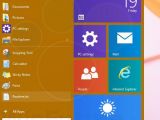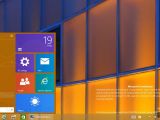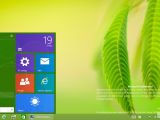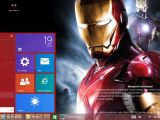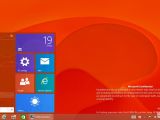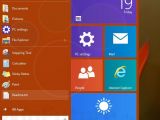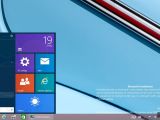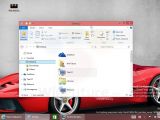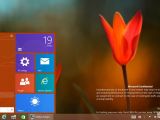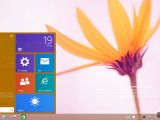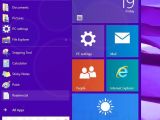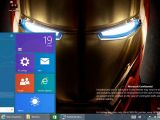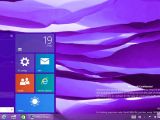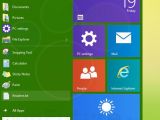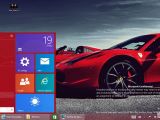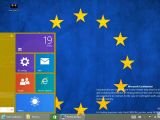Windows 9 will debut as a beta early next month, and according to people close to the matter and to lots of leaked screenshots that have recently reached the web, this new OS version will bring back the Start menu that was removed in Windows 8.
Basically, Windows 9 is supposed to restore the full functionality of the Windows 7 desktop, which provided users with better control over the apps, while also offering a very quick way to launch programs and access locally stored files.
The Start menu was removed in Windows 8 for a reason that’s yet to be disclosed, and Microsoft replaced it with the touch-optimized Start screen, which came with live tiles and other features more appropriate for tablets.
Microsoft itself explained that the Start screen had to be made mandatory in order to make people aware of its existence, so the removal of the Start menu was pretty much the only option.
Different designs, same core
As compared to the Windows 7 Start menu, the Windows 9 version will come with modern elements borrowed from Windows 8, among which live tiles that will be supposed to keep you up to date with select information, including playing music and the weather forecast.
The simple layout available in Windows 7 will continue to be available with the help of a dedicated option in this regard, which would basically remove all live tiles and switch to a list of installed apps and shortcuts to OS features.
On the other hand, in Windows 9, users will be allowed to resize the Start menu in two different ways.
First of all, the Start menu will expand as you add new live tiles, but it appears that users will also be allowed to manually resize it with a mouse click. That’s not possible in Windows 7 though, so this could really come in handy to Windows 9 adopters.
Options to disable the Start menu
Another difference between the two Start menus is the possibility of disabling the one in Windows 9 completely. Of course, in Windows 7 users weren’t allowed to do that, but in Windows 9, Microsoft is giving users more choices, so such a setting pretty much makes sense.
At the same time, Microsoft hopes that some users would actually disable the Start menu and switch to the original configuration with a Start screen, which could be possible in case some find this setup more useful.
The Start menu will only be available on PCs running Windows 9, while tablets will get the same Start screen. Windows 7 was only available on PCs, so no other option was available at the time of its launch.
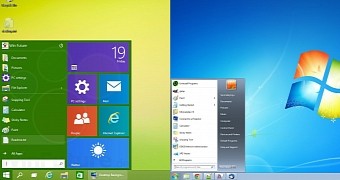
 14 DAY TRIAL //
14 DAY TRIAL // 
